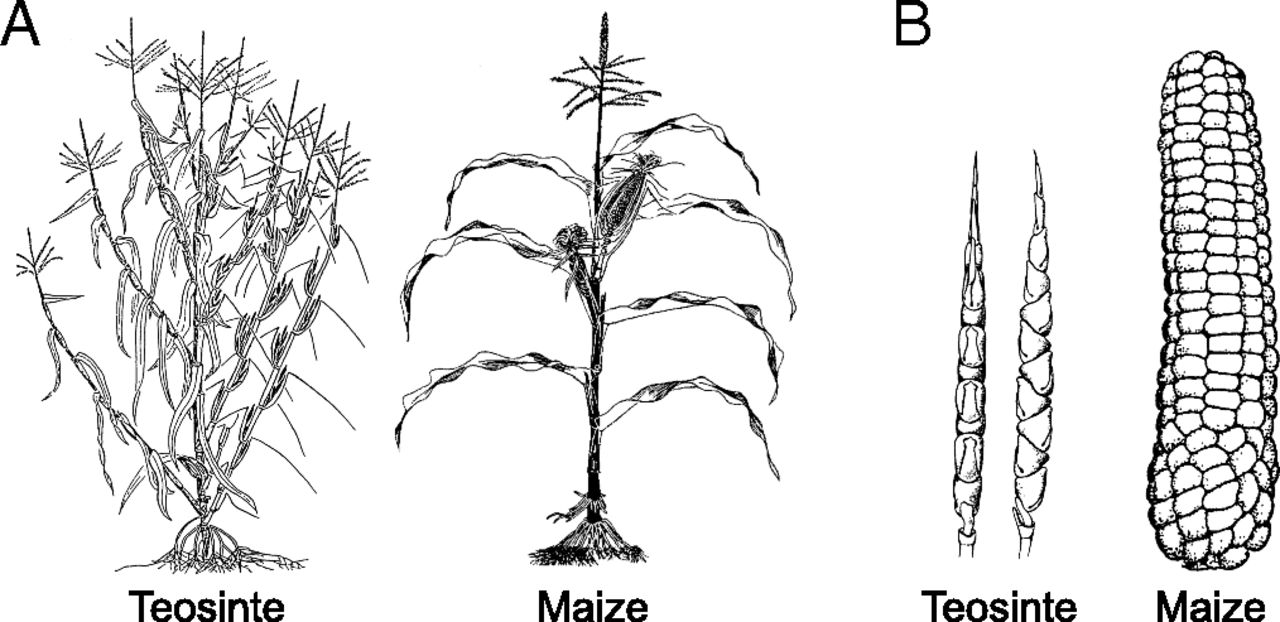Mesoamerican civilizations began to form
near the end of a time period known as the Pleistocene
where the climate was generally more cold and wet than
today´s climate. During this time period, the earth´s
temperature was a few degrees lower than the current
temperature and rainfall occurred more often (Bettinger
2001:389). It was not until around 7500 BCE that the climate
in Mesoamerica and other parts of the world began to change
to a warmer and drier climate entering a time period known
as the Holocene. This warmer and drier climate
itself is referred to as the altithermal or thermal
maximum (Scarre 2018:310). Having a warmer and drier
climate was great at providing the perfect conditions for
growing plants and other crops. The need for an irrigation
system was important in sustaining the growth of these
crops. These plants and crops would sustain these
civilizations for years and would serve as an economic
subsistence that was crucial.

